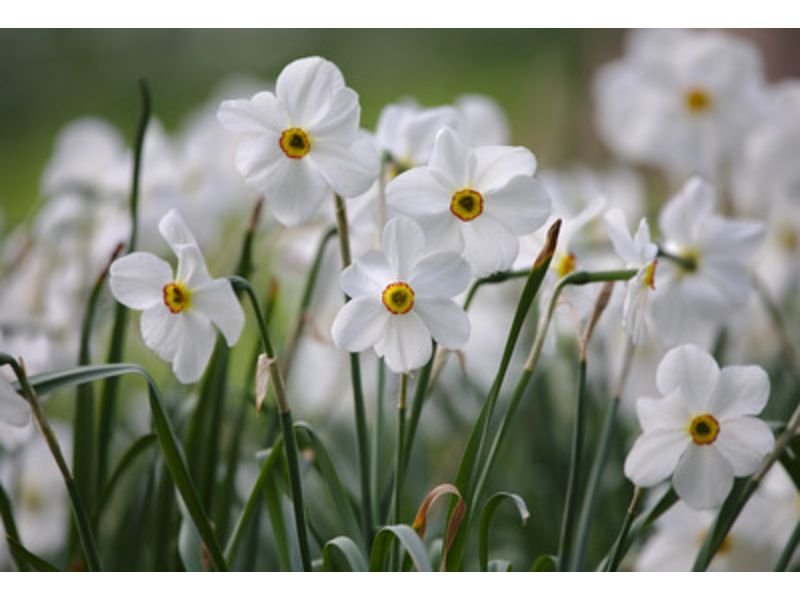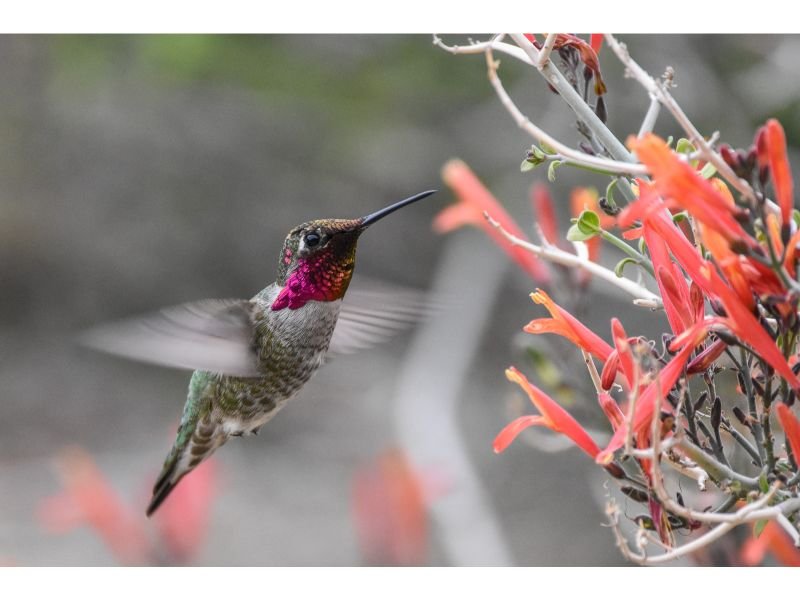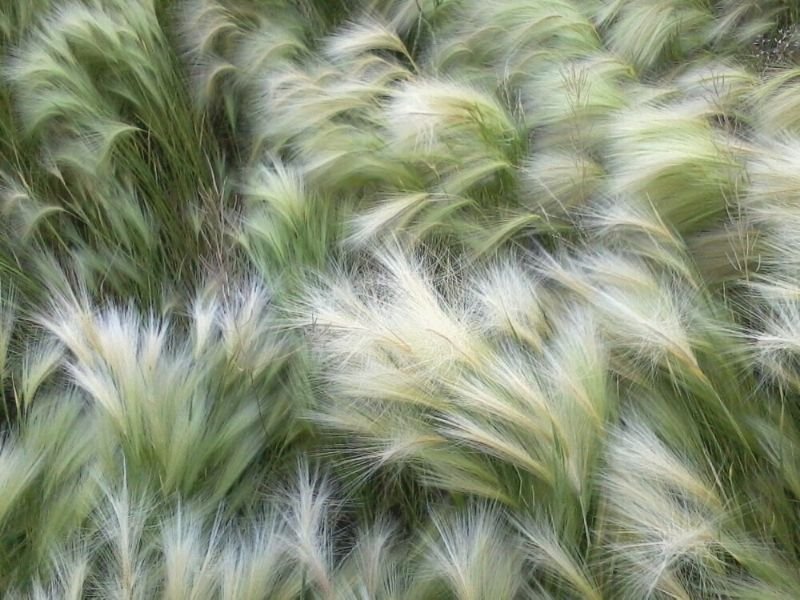“A blue flower grew from a chink in a wall of ice and filled the air with sweetness.” – George R. R. Martin.
There’s something about a crop with blue flowers that is so special. This one of the rarest colors to find in nature gives us some sort of calmness and relief and feels like a healing effect. So what crop has blue flowers? Are they difficult to find? Let’s go find out!
Table of Contents
Stunningly Beautiful Blue Flower Crop.
First of all, crop flowers are similar but not the same as the regular flowering house plant. Crop flowers are mainly sowed in a massive area to be processed later on either as a food plant, cut flowers, or as any other profit subsistence such as pharmaceutical and textile purposes. On the other hand, regular flowering house plants are usually grown as ornamental plants.
The following blue flower crop has either scientifically proven health benefits, is safe to be consumed, or creates such spectacular cut flowers for any decorations! Here is the list of blue flower crops you should know:
Giant Hyssop
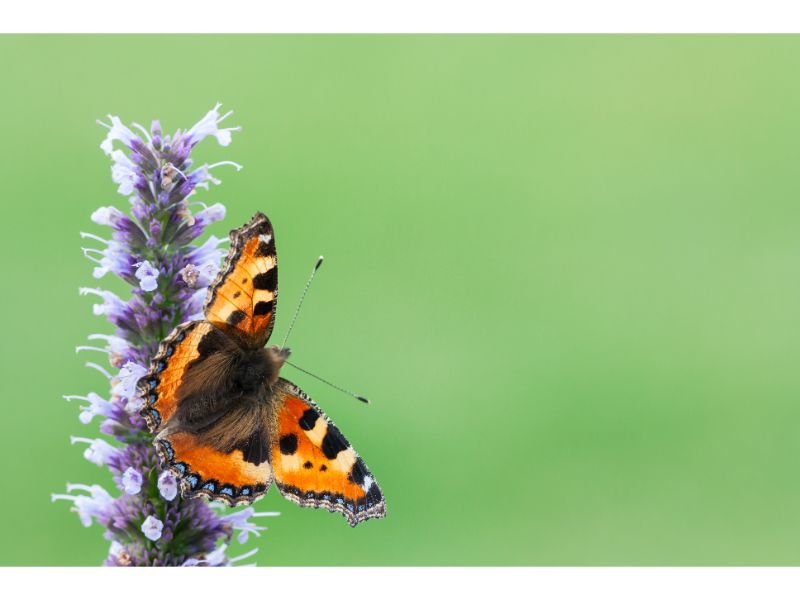
Botanical name: Agastache
Hardiness zone: 5 to 10
Blooming time: Fall
Prized for its showy and fragrant lavender-like blooms, this perennial blue flower crop is rather easy to grow and makes a great scenery for pollinator-themed gardens. Health benefits aside, this plant is also rich in antioxidants and contains anti-inflammatory components.
Monkshood

Botanical name: Aconitum uncinatum
Hardiness zone: 4 to 9
Blooming time: Fall
A crucial thing you should always take note of when planting monkshood is the fact that this plant is poisonous. But for which crop has blue flowers, monkshood are mainly cultivated as cut flowers and have been so even since before the 1600s.
Ajuga

Botanical name: Ajuga reptans
Hardiness zone: 3 to 10
Blooming time: Fall
This blue flower crop has been widely known as a valuable food source for small animals such as butterflies and hummingbirds. Moreso, this perennial plant that can be grown in almost every region in the world is also valued for its anti-inflammatory, antioxidant, and polyphenol contents.
Blue Windflower
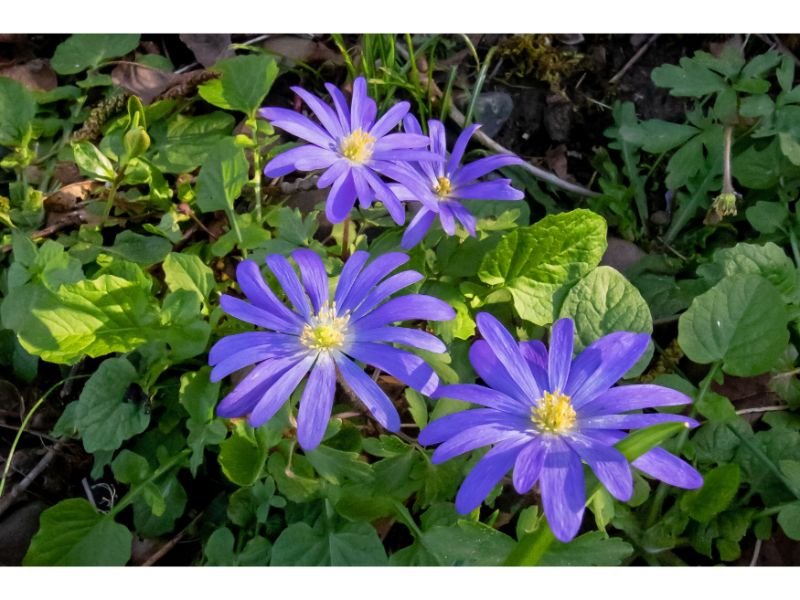
Botanical name: Anemone
Hardiness zone: 4 to 9
Blooming time: Summer
With more than 200 species in the wild, windflowers have numerous sizes and colors, but we might agree that the most eye-catching tone is blue. Growing to only about 16 centimeters, the blue windflower is often used for its aesthetic value as an ornamental, bouquet, and cut flower.
Starflower

Botanical name: Borago officinalis
Hardiness zone: 2 to 11
Blooming time: Fall and Summer
What crop has blue flowers that are appraised as decorative garnishes for foods? Starflower is the answer. Aside from being a food plant, starflower oil also has been used to treat sun exposure damage-related skin problems and is also known to increase the natural production of collagen–which makes starflower really the star of a good ingredient for anti-aging!
Camas
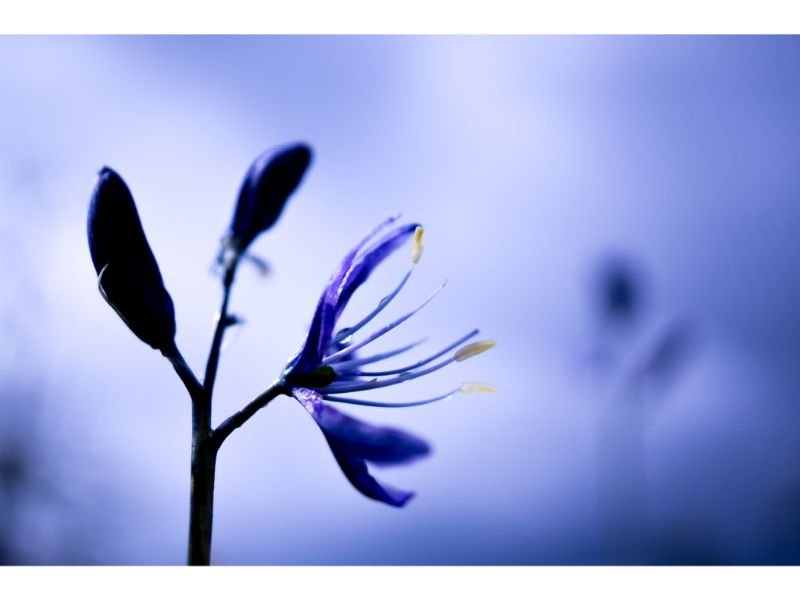
Botanical name: Camassia
Hardiness zone: 4 to 8
Blooming time: Spring
Also known as Quamash, camas produce clusters of 6-petaled blooms that grow upright in one single stem. Aside from creating a jaw-dropping look to your crop, in Coast Salish country, camas are part of their traditional foods.
Carpathian Bellflower
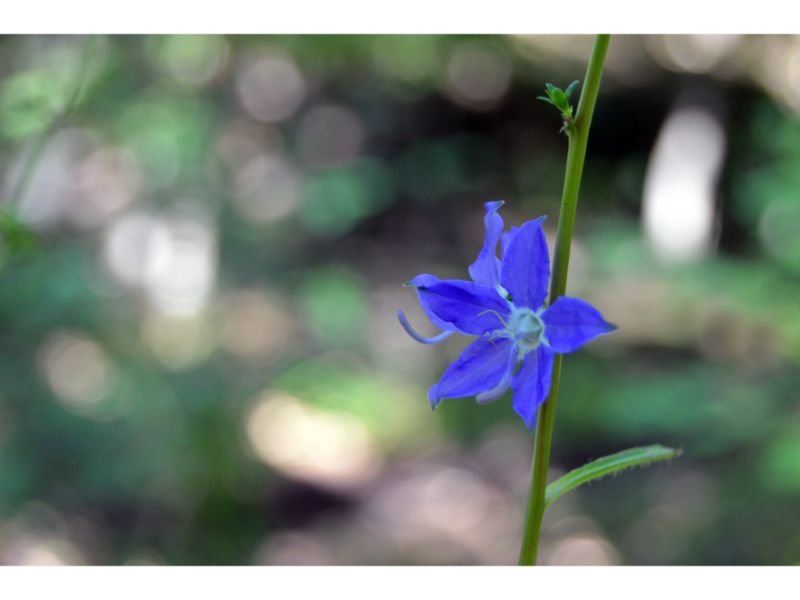
Botanical name: Campanula carpatica
Hardiness zone: 3 to 8
Blooming time: Spring and Summer
The Carpathian bellflower is a perennial cup or bell-shaped blue flower crop native to the Carpathian Mountains of Central and Eastern Europe. This plant is appreciated the most for its showy, tiny blooms, and does not require much to grow.
Bachelor’s Button
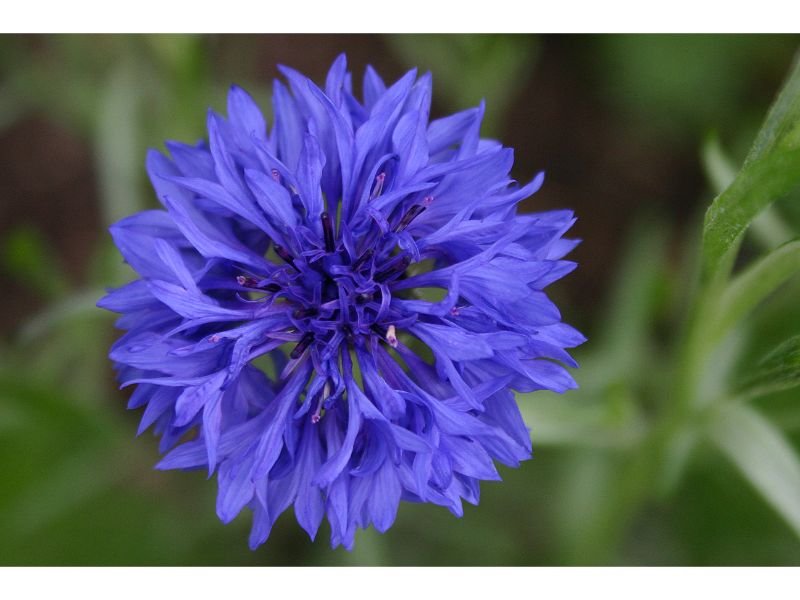
Botanical name: Centaurea cyanus
Hardiness zone: 2 to 11
Blooming time: Fall
Bachelor’s button, commonly known as cornflowers, is such a unique plant that adapts well from cold to hot, humid tropical weather. The name ‘bachelor’s button’ was derived from the Victorian Era, where men used its blue blooms to decorate the buttonholes of their suits.
The glory of the Snow
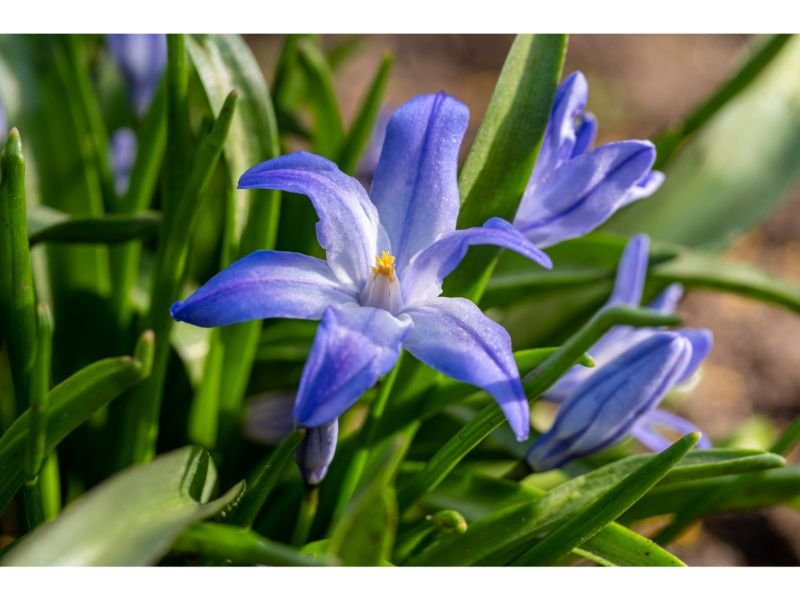
Botanical name: Chionodoxa luciliae
Hardiness zone: 3 to 8
Blooming time: Spring
The glory of the snow will create more charm for your blue flower crop when they bloom after the winter season ends. This plant is also a symbol of hope because of its blooming time. Where most plants either go fully dormant or even stop growing after the winter season, it’s not for the glory of the snow!
Blue Larkspur
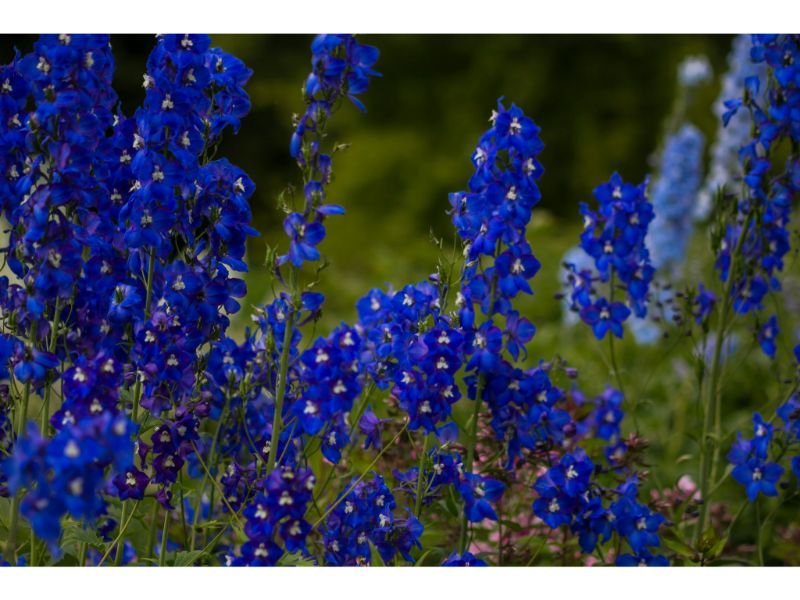
Botanical name: Delphinium
Hardiness zone: 3 to 9
Blooming time: Spring and Summer
Blue larkspur is the epitome of beauty known for its almost true blue color–which is a rare tone in the world of flowers. This pollinator magnet is good for ornamental and cut flowers and is also resilient to grow in areas from forests, mountains, to fields.
Heavenly Blue Morning Glory
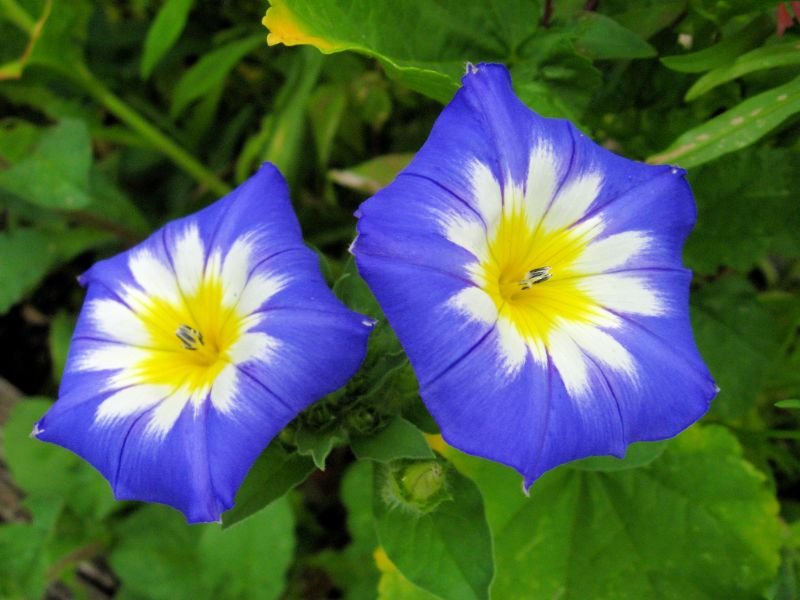
Botanical name: Ipomoea tricolor
Hardiness zone: 10 to 11
Blooming time: Fall and Summer
This blue flower crop prefers warmer areas to thrive. Heavenly blue morning glory is an annual flowering plant native to Mexico with more than 1000 species today. Their blooms will open when exposed to cool temperatures in the morning, and closes when it gets too warm.
Blue Flax
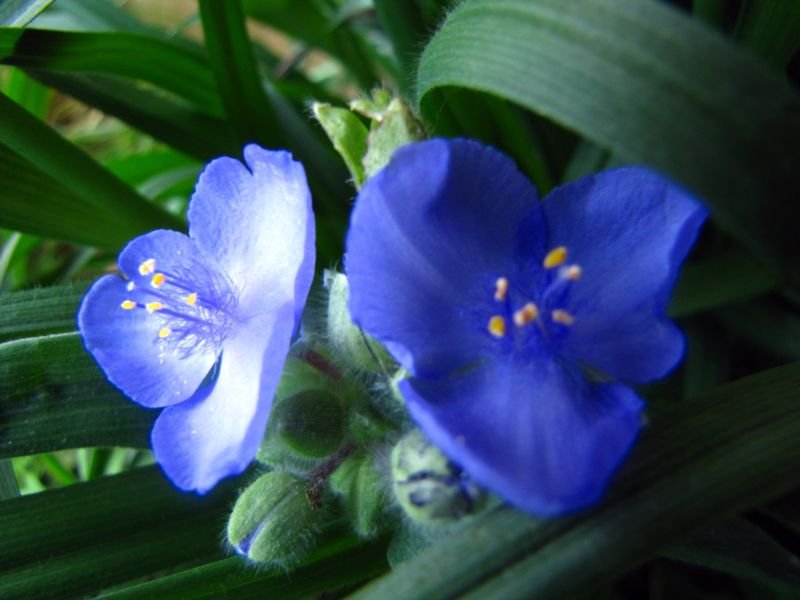
Botanical name: Linum lewisii
Hardiness zone: 3 to 8
Blooming time: Spring and Summer
Blue flax is grown mostly in large areas to be cultivated for its fiber (called flax) and seed oil (called linseed). They do well in most soil conditions, from well-drained soil (which they loved the most) to infertile, sandy soils.
Forget-me-not
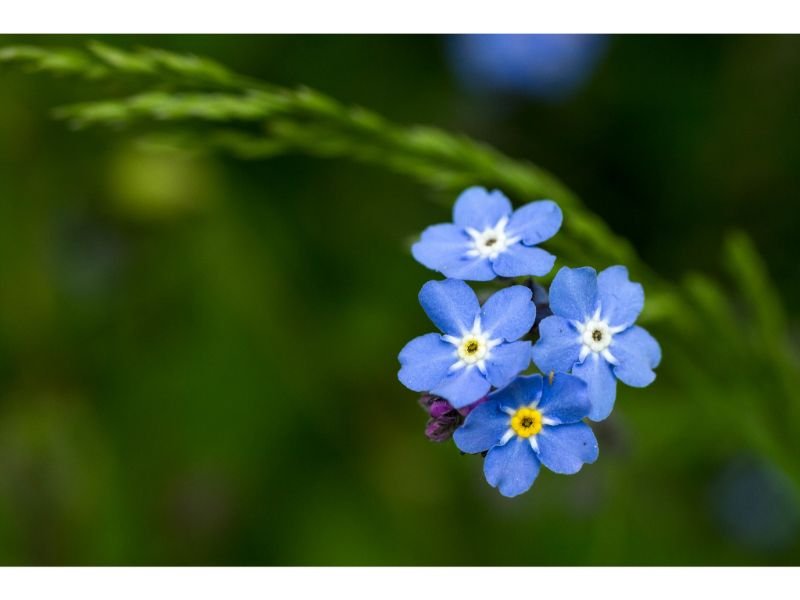
Botanical name: Myosotis sylvatica
Hardiness zone: 3 to 8
Blooming time: Spring
This exquisite blue flower crop carries the meaning of true love and respect. Forget-me-not may be tiny, with blooms size no bigger than 2.5 centimeters, but this ornamental flowering plant is safe to consume and the blooming parts can be dried to make tea.
Blue Sage

Botanical name: Salvia farinacea
Hardiness zone: 8 to 10
Blooming time: Fall, Spring, and Summer
Notable as a food plant, which is high in antioxidants, phenolic, anti-bacterial, and anti-inflammatory, this blue flower crop also known as fragrant flowers is easy to grow. Blue sage loves acid soil and can be propagated easily by the stem-cutting method.
Wind Up.
Although they are rather scarce to find in the wild, the blue flower crop would bring us so many benefits. These blue flowers surely could brighten your gloomy day with their showy blooms. However, it’s safe to not directly consume or use these blue flower crop plants without any caution. Consult a doctor and your local gardener first to get more information. Happy Gardening!

New author in the hood. Loves gardening and flowers are my spirit animals (yes I know they are not animals but I insist). I will be covering most of the flowers’ topics here and occasionally random though as well.

